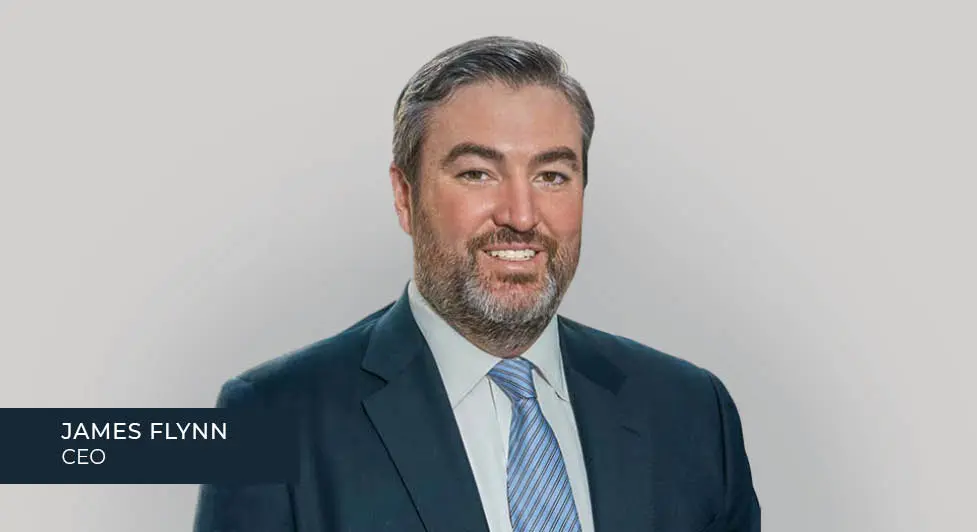If things had gone as the business community expected last year, we would be in the midst of a recession. Although we are certainly not out of the woods, the Fed has so far succeeded in putting off our day of economic reckoning—and there is a growing, although far from universal, consensus that we might avoid it altogether. The economy is showing unexpected strength, and the jobs market is robust despite a succession of rate hikes, which have dampened inflation, although not as much as the Fed would have liked.
As we continue past the mid-year mark for 2023, we can expect rates to remain elevated for the near future. Fundamentals will remain stable, but rates will put downward pressure on valuations and depress transaction volume until the market accustoms itself to this new reality.
Multifamily Fundamentals Remain Stable
With unemployment at historic lows, multifamily fundamentals are solid. While rent growth has come down from its post-pandemic highs, rents are growing roughly in line with historical averages, and occupancy has stabilized in the mid-90s, also the norm for the last 30 years.
The reasons are straightforward. The continued strength of the labor market is stimulating new household formation, especially among younger age groups. High home mortgage rates have virtually shut down the existing home market, adding to the pool of would-be renters. And all of this is happening against the background of a longstanding housing shortage.
At the same time, inflation is continuing to raise expenses, although at a lower rate than a year ago. Higher expenses, in turn, are putting pressure on NOI.
Looking ahead, the elevated construction deliveries in certain markets should be absorbed relatively quickly given market dynamics but, in the meantime, may temporarily put downward pressure on rents and perhaps valuations. Cities such as Colorado Springs, Nashville, and Austin, which, according to Freddie Mac, have more than 14% of their current inventory under construction, are examples of these markets.
Volatility, Elevated Rates Depress Valuations and Transactions
The transaction market for multifamily properties has remained slow. Rate hikes have made transactions harder to pencil out, and volatility has made buyers and sellers more hesitant to come off the sidelines. When interest rates fluctuate so sharply, deals that made sense on Monday might not work on Tuesday.
It is increasingly likely that interest rates will remain elevated for the rest of this year and 2024, and the economy—barring some external event—is heading either for a soft landing (mild recession) or will avoid a recession altogether. While there is a growing consensus that we may see a pause or just one more quarter-point increase, there is no indication that the Fed will be lowering rates in the near future.
For the moment, these circumstances have produced gridlock in the markets. Buyers do not want to buy at yesterday’s prices, and sellers, unless they have a compelling reason, do not want to sell at today’s offer. The result, according to Freddie Mac’s Midyear Multifamily Outlook, is that transaction volume will decline to about $370 billion in 2023, down roughly 17% from 2022. Other commentators believe it will fall farther.
Regardless of what happens, I believe it will require a period with little or no rate movement to bring all these divergent viewpoints closer together and provide the stability needed to reignite the market for multifamily properties. When that happens, it is likely that there will be no shortage of capital. Despite commercial banks reducing their CRE portfolios, there are lenders, equity providers, and mezz capital sources in abundance, who are interested in multifamily.
Insurance Costs Approach the Prohibitive
This doesn’t mean that multifamily will be totally out of the woods. Expenses are growing faster than inflation. According to RealPage, expenses rose 7.8% year over year in May, compared to 4% growth in inflation. The primary culprit is insurance, especially in densely populated areas like the Southeast, Texas, and California which have seen an increase in destructive weather events. These are also the hottest markets, where valuations—and replacement costs—continue to rise.
According to NMHC’s 2023 State of Multifamily Risk Survey and Report, the cost of multifamily property insurance rose 26% year over year, leading 61% of survey respondents to increase their deductibles. And as insurance companies institute policy limitations that reduce their exposure, owners find themselves paying more for less.
Insurance costs are having a number of consequences for multifamily transactions. For some buyers, sharply rising insurance costs—and the assumption that they will continue to rise—can make the difference between pursuing a deal or not. And when buyers decide to go ahead, it often takes longer to find insurance that meets the needs of owners, lenders, and other interested parties.
Insurance is not a problem that will solve itself. Government has an interest in incentivizing a more robust and reasonable insurance and reinsurance market for multifamily housing, but it will be a challenge to devise a sustainable system capable of achieving the mix of risk and return that all parties can tolerate.
Underlying Demographics Remain Favorable
Even in the face of rising expenses and elevated interest rates, there remain significant opportunities for multifamily investors and developers. Although the preponderance of new supply is destined for the South and Southeast, there is no sense that these markets are cooling down in the immediate future. For instance, Austin, which is slated to receive the most deliveries of any city in 2023, has been the fastest-growing city in the United States for the last 12 years and is now our 10th largest city. City demographers believe that Austin will grow an additional 23% between 2020 and 2030. However, climate change, severe weather, and their related economic and psychological effects have the potential to alter migration patterns, a phenomenon that will be closely monitored going forward.
There are also opportunities in less well-known markets. As Austin illustrates, the top 20 cities for multifamily investing have changed significantly over the last 20 years, and the workforce mobility accelerated by the pandemic suggests that more change is coming. Investors would be wise to look at up-and-comers in the lower ranks of the top 20 and dip into the next twenty, getting into markets while their cap rates are relatively high.
Despite many of the challenges that the multifamily industry faces, multifamily remains a desirable asset class for good reasons. Multifamily continues to attract the attention of lenders and investors because of favorable renter demographics, their ability to shift rapidly as markets move, and the overall underlying housing shortage, all of which, for better or worse, will support the market for the foreseeable future.

